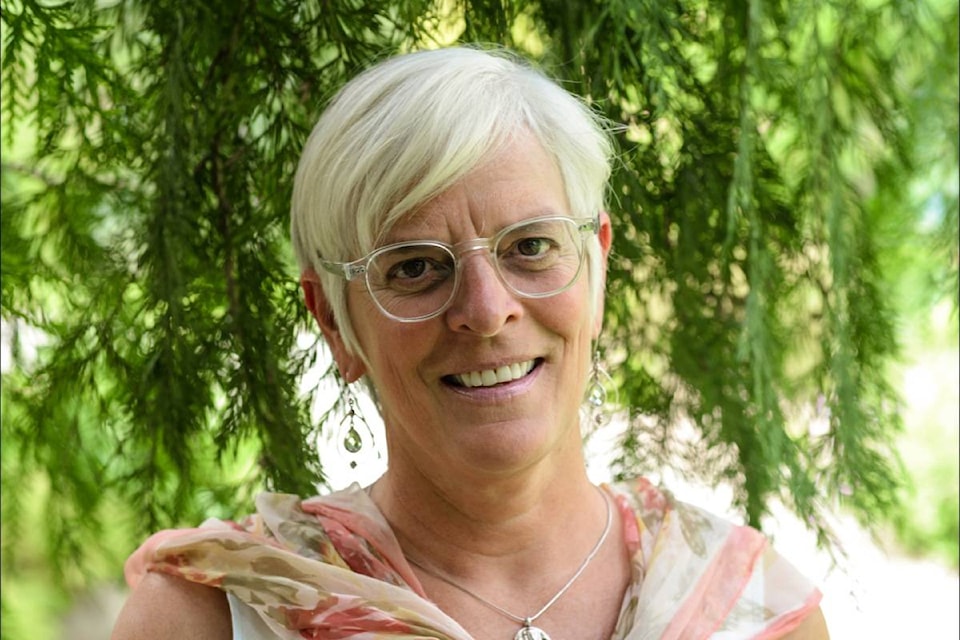It’s been quite a winter. Two, three or even four feet of snow still on the ground as the calendar turns to March. The piles of white stuff have tested everyone’s patience, but in the larger scheme of things, for this region such a winter is not abnormal. The upper Columbia mountains are a snow factory. And, unless you are trying to dig out your car, lots of snow is a good thing.
The ecologist and writer E.C. Pilou calls snow “nature’s reservoir.” When it comes to our healthy, free-running rivers, she is spot-on. We have an abundance of mountains. They collect the abundance of snow, holding it there all winter and into the spring. Gradually, the warm air transforms the snow into water. Cold, clear and abundant water. Water as reliable as sunshine.
Hydro-engineers studying the upper Columbia region in the 1940s and 50s identified this place as a dream landscape for dams. Deep, narrow valleys and a snow-melt cycle that lent itself easily to water storage. The central pivot of the Columbia River Treaty (1964) is the collecting and holding of snow-melt here, for flood control and hydro-power use downstream. The treaty authorized the construction of four dams for this purpose – Keenleyside, Mica, Duncan and Libby.
Therefore, the science of snow-measuring was born. Each year, B.C. Hydro calculates snow accumulations, with the use of “snow pillows” that they have installed in several key places throughout our mountains. The snow pillows and their data help hydro engineers estimate the amount of water in that snow and, by extension, the amount of room that will be needed in the reservoirs to hold the snowmelt for use later in the year.
I walked the other day on the shores of Kootenay Lake’s west arm, picking my way across a rocky landscape near the water’s edge, one exposed only in late winter and early spring. This is the season of draw-down, when the reservoirs make room for that spring snow melt. The shorelines we drive along are intricate, mathematical constructions. Year by year, the calculators hum, forecasting the capacity of the reservoirs, deciding where to draw the line.
So far this year, in the entire Columbia Basin from our mountains down to the sea, the snowmelt is 113 per cent of normal, a decrease from 123 per cent of normal this time last year. It sure feels like we are already there. The slight drop from last year might also reflect a somewhat drier year in more arid parts of the basin. It’s a big basin, with many ecosystem types. But winter isn’t over yet. More snow is falling as I write this. We just might get above 123 per cent of normal. The region where we live is the snowmaker, no question about it.
Snow here is not just a defining feature of hydro-power storage. Snow is a key aspect of the ecosystem. Some scientists call this interior rainforest a “snow forest” for the large percentage of moisture that accumulates each year as snow, rather than rain. The cold, snow-charged rivers host native species that love cold, clean water: kokanee, bull trout, Gerrard Rainbow and freshwater ling cod. Before hydro-dams, the region also hosted healthy populations of ocean salmon, who also depend on cooler water for spawning.
I have been listening for several years to discussions and conversations about the Columbia River Treaty — by industrial hydro-producers, governments and tribal nations. More and more are talking about the great potential of this upper Columbia landscape to support once again ocean salmon. It began as a “pie-in-the-sky” idea, but, gradually, people have woken up to the value of this landscape as salmon spawning habitat in an increasingly warm and dry Columbia Basin. Just as American hydro-engineers once looked north to Canada in the mid-20th century, tribal people and others now look upstream for the salmon.
As much as I grumble these days about all the white stuff, I don’t really mean it. Snow is water. And water is life.
Delehanty Pearkes speaks at the Slocan Community Library on Sunday, March 11, at 1 p.m.
